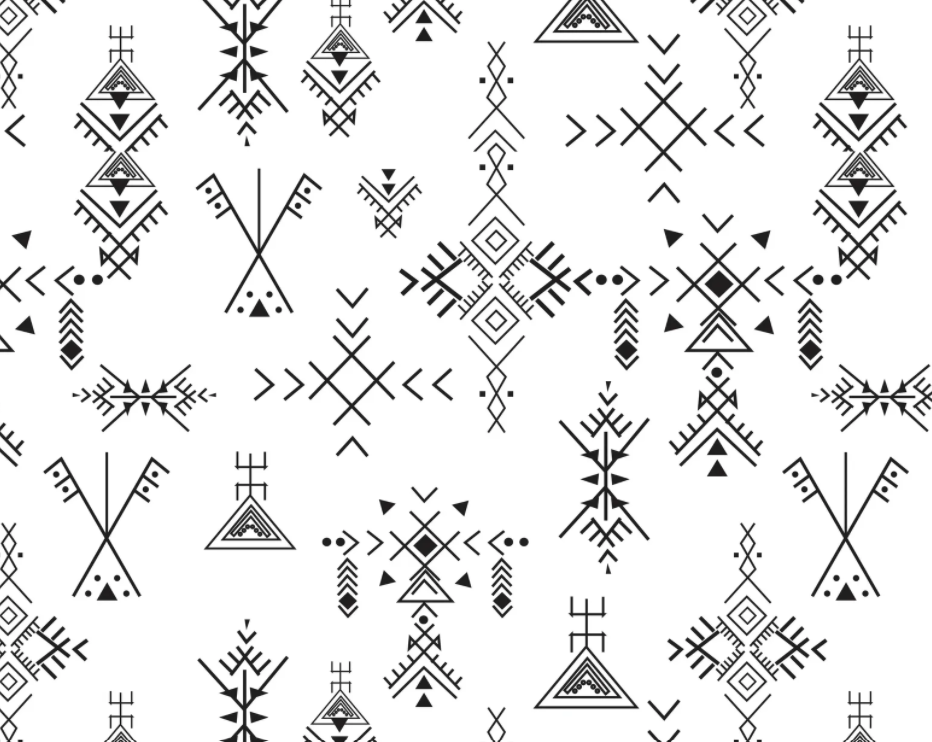What is Tifinagh?
Derived from the old Berber script, Tifinagh is a Phoenician or an old consonantal letter that has managed to survive among Tuareg.
The Moroccan carpet, especially the Amazigh one, is awash with many stacked geometric shapes and striking colors.
Berber’s have a cultural and identity load, most particularly the Amazigh letter Tifinagh. The women play a major role in preserving it by entrenching them in the carpet magnificently and distinctively.
Why Tifinagh?
The manifestation of the Tifinagh letter in various forms on the Moroccan carpet gives it a distinctive feature from its counterparts in the world.
No matter what are the colors, geometric shapes, or artistic and aesthetic touches; this carpet remains bearing the elements of the civilizational privacy of Morocco and North Africa.
How is Tifinagh valued in Berber Society?

Although the Tifinagh characters were preserved in rock carvings for centuries, Berbers widely used them in writing. They sustained to exist through various cultural materials, such as carpets, architecture, henna, and tattoos.
The shapes that ornament the Amazigh handmade Moroccan rug have meanings and references. In the past, this rug was a medium of communication between family members, especially among women.
They have an excellent acquaintance in decoding the puzzles contained in the writings and symbols forming this rug. They want the Berber language to remain the primary language of communication among the region’s residents. The Amazigh woman is a fine artist who uses their spare time to weave, likening the Moroccan carpet to fine painting. The little girls inherit this art from their mother’s generation. To keep their authentic Amazigh identity alive, they still pass this outlet for creativity to upcoming generations.

